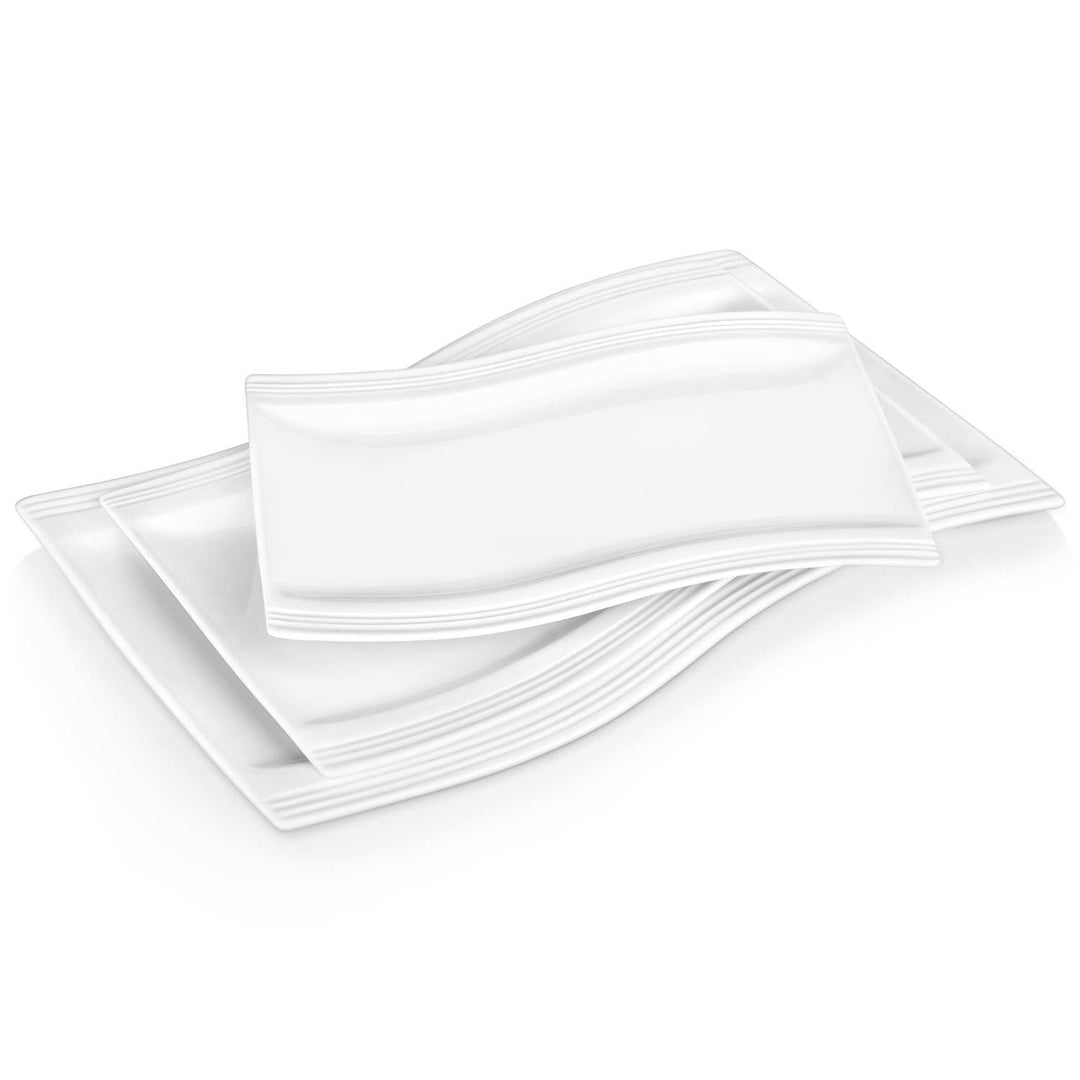In the world of baking, pastry risers play a crucial role in creating the perfect texture and volume in baked goods. Whether you are a professional baker or a home cook, understanding the different types of pastry risers and their applications can significantly enhance your baking skills.

What Are Pastry Risers?
Pastry risers, also known as leavening agents, are substances used in doughs and batters to produce a gas that causes the mixture to rise. This process results in light, airy, and fluffy baked goods. Common types of pastry risers include yeast, baking powder, and baking soda.
Types of Pastry Risers
- Yeast: A living organism that ferments sugars in the dough, producing carbon dioxide and alcohol. Yeast is commonly used in bread and other yeast-leavened products.
- Baking Powder: A chemical leavening agent that contains both an acid and a base. When mixed with moisture, it produces carbon dioxide gas. Baking powder is often used in cakes, muffins, and quick breads.
- Baking Soda: A base that requires an acidic ingredient to activate. It is used in recipes that already contain an acidic component, such as buttermilk or lemon juice.
How Do Pastry Risers Work?
The science behind pastry risers is fascinating. When a leavening agent is added to a dough or batter, it produces gas bubbles. These bubbles expand during baking, causing the mixture to rise. The type of leavening agent used can affect the texture, flavor, and appearance of the final product.
"The right choice of pastry riser can make or break your baking results. Understanding their properties is key to achieving the desired outcome." - Expert Baker
Choosing the Right Pastry Riser
Choosing the appropriate pastry riser depends on the recipe and the desired characteristics of the baked good. For instance, yeast is ideal for bread that requires a chewy texture, while baking powder is perfect for light and fluffy cakes. Consider the following factors when selecting a pastry riser:
- The type of baked good you are making.
- The desired texture and flavor.
- The ingredients in your recipe.
Benefits of Using Pastry Risers
Using pastry risers offers several benefits, including:
- Improved Texture: Pastry risers help create a light and airy texture in baked goods.
- Enhanced Flavor: The fermentation process of yeast can add a unique flavor to bread and other baked products.
- Increased Volume: Leavening agents cause the dough or batter to expand, resulting in larger and more visually appealing baked goods.
Real Product Example
One of the popular products in the market is the Active Dry Yeast. This product is known for its reliability and effectiveness in bread making. Below is an image of the product:

Video Tutorial
For a visual guide on how to use different pastry risers, check out this video tutorial:
Conclusion
Understanding the role of pastry risers in baking is essential for achieving the perfect texture and volume in your baked goods. By selecting the right leavening agent and using it correctly, you can elevate your baking skills and create delicious, professional-quality pastries.








